Can You Handle The Heat?

Keep Warm During the Winter with Heated Motorcycle Clothing
As motorcycle riders, we want to be able to get on the open road regardless of how hot or cold it is outside. After all, the motorcycle life is all about freedom.
Yet, there’s no denying it: Unless you plan to ride exclusively around the Southern United States, you’ll face some chilly winters. And even before it starts snowing, you may get up close and personal with cold winds and rain. Luckily, there’s a solution in the form of heated motorcycle clothing.
With proper heated gear, you can continue riding under harsher conditions and not sacrifice comfort. Even better, this type of gear can make you safer on the road. And when you combine heated clothing with the famed motorcycle motto – All the gear, all the time – you can go wherever you want, whenever you desire.
What Constitutes Heated Motorcycle Clothing
You’ve probably got the sense of what heated motorcycle clothing is from the name alone: It’s gear with additional heating. Almost every piece of motorcycle clothing you imagine comes in a heated variant as well. This includes pants, shirts, vests, and gloves.
Heated motorcycle clothing is made of various materials, but the heating elements fall into two main types: polymers and wire-like. These materials are intended to conduct heat while staying comfortable and flexible in regular motorcycle clothing materials.
When it comes to how heated motorcycle clothing feels, it’s worth mentioning that heated gear is generally thicker than regular motorcycle clothing. However, the additional heating means any other layers can be thinner and lighter than your usual cold weather setup. In other words, heated motorcycle clothing won’t mean a significant increase in weight, or bulk.
How Heated Motorcycle Clothing Works
Heated gear uses electricity to generate heat and keep you warm constantly. This type of motorcycle clothing usually operates on batteries or is wired to your machine. Once hooked up, the interior heaters will activate, and the clothing will start to produce warmth.
The temperature output isn’t fixed. Instead, the user can adjust the heating either through an app or manually.
Concerning heaters, you might think that cleaning motorcycle gear with electrical components may be a challenge. However, the opposite is true in most cases. Heated motorcycle clothing can be washed by hand, and many manufacturers also make their gear washing machine ready.
The Benefits of Wearing Heated Clothing
Of course, the main benefit of heated motorcycle clothing is the warmth. This will likely be the crucial reason to opt for heated gear, especially if you live in a colder climate or intend to keep riding throughout the winter. However, that’s not all you’ll get from heated motorcycle clothing.
As specialized motorcycle gear, this type of outer clothing is also designed to protect you from rain, sun, wind, and other elements. Naturally, the gear has the usual physical protective features intended to keep you safe in the case of a fall, crash, or another accident.
Finally, heated motorcycle clothing helps keep your joints and muscles flexible. As a result, this type of gear can prevent potential injuries and strain, especially on longer rides.
Choosing Your Heated Motorcycle Clothing
When you set out to get heated motorcycle gear, the first consideration will be which pieces to buy. The most common choices in that regard will be the torso, hands, and feet, but you may want to opt for additional warmth and get some heated motorcycle pants, too.
Since heated clothes come in base layers, liners, or outer wear, the level of insulation you will need can vary. For instance, if you aren’t planning on riding in cold weather with harsh winds, you might not need as much insulation. Getting a lighter piece of heated gear could also reduce weight and make your setup less bulky.
In terms of where to buy the gear, you could start by looking on EagleLeather.com, or come into our store. We not only have basic items – vests, gloves, and liners, but also a wide selection of styles, and accessories.
If you want to have access to the best heated motorcycle clothing on the market and the freedom to choose between different models, smaller shops won’t suffice. Hunting for the right gear on sites like Amazon or eBay could prove more promising, but your best bet lies in a reputable online shop. That’s why Eagle Leather represents an excellent choice – you’ll get to choose between numerous models of heated clothing and pick the right load-out for your next foray into the cold.
Of course, there’s one thing you’ll need to take into account when buying your heated gear. Every piece should be an ideal fit to provide maximum comfort and safety. You can figure out the best fit through a size chart or trying it on.
Electricity Considerations
Once you choose your heated motorcycle clothing, you’ll need to consider the power. While heated gear is intended to be hooked onto your motorcycle, that doesn’t mean you’ll have an unlimited supply of power. You’ll need to calculate the electricity consumption. To figure that out, it would be best to go over how to do this first.
Most modern motorcycles have a pretty robust power supply. This is usually far more than the machine itself needs. The stator on your motorcycle produces electricity as AC current. Then, the power goes into the rectifier or regulator where it turns into DC. The output here is usually no greater than 15 volts.
This power is primarily used for starting and running the motorcycle. The electricity surplus is mainly there for additional power requirements, for instance, braking.
While this description is by no means exhaustive, it gives you enough of an idea of how power works in a motorcycle. Naturally, when you connect heated gear, you bring additional power consumption into the equation. Before you go out to get your new gear, you’ll need to know whether your motorcycle will be able to accommodate it.
How compatible your heated gear will be with the power capacity of your motorcycle will largely depend on one measurement: amperage. In particular, the crucial factors will be how much amperage your stator outputs, how much of that your motorcycle consumes, and how much wattage converts into how much amperage.
The first metric is easy to find. The output of your stator is always listed in the service manual. Yet, the values you find in there aren’t quite as straightforward. The stator doesn’t have a flat output. Rather, it depends on the rpm of your engine. At peak rpm, you’ll get more amperage than at cruising speeds. For regular use, you should look for the cruising output.
Now we get to the somewhat more complex part: calculating the power consumption. Actually, this part isn’t so complex but may require some math. If you’re lucky, your service manual will contain this information, although it might not have any consumption info.
If you don’t find this information in your manual, you can calculate it yourself by adding the individual values for each element of your motorcycle that draws power. Here are the common components that use up electricity and are constantly on while your motorcycle is running:
- Low-beam headlights: 55 watts
- Fuel pump: 60 watts
- Ignition: 50 watts
- ECU: 25 watts
- License plate light: 5 watts
- Taillight: 15 watts
In addition to these components, you’ll intermittently use other power consumers like brake lights, high-beam headlights, horn, and the cooling fan.
You’ve probably noticed that the values here are expressed in watts while we’ve been talking about amperage so far. Don’t worry – converting one unit into the other isn’t very complex.
While you can’t convert watts to amps directly, you can get a reliable result with a simple formula. The amperage is equal to wattage divided by voltage (A = W/V). Luckily, the voltage in motorcycles is fairly consistent, allowing us to do the math without variables. Unless you have an extreme model, your running voltage will average between 12.6 and 13.5 volts. In your calculation, you can take half a volt more just to be safe.
Once you calculate how much power your motorcycle uses, you’ll have a decent idea of how much power you’re left with to supply your heated clothing. The rule to follow here is simple: never let the consumption get larger than the supply, and you’ll have no issues powering everything you need.
On that note, connecting your heated gear will be another crucial matter. Manufacturers usually follow the best practices to make their gear as universal as possible in that regard. Still, it can’t hurt to know what you’re dealing with when the time comes to hook up the gear.
It is recommended to use a battery harness with inline fuse to connect and protect your heated gear. This allows the fuse to burn out rather than some component in your heated clothing. The connectors you’ll use to connect your heated gear will likely be secure from switching polarity. In other words, you’ll be able to connect them without worrying whether they’re backwards. The connector you’ll likely be using will probably be the 2555 co-ax plug, although the plug type will depend on the gear manufacturer. It’s always best to check what kind of connection your heated clothing supports before mixing and matching the gear.
Keeping Your Heated Gear in Good Condition
Since you’ll be using your heated motorcycle clothing actively, you’ll want to keep it nice and clean, especially between longer rides. We’ve already mentioned that heated clothing is washable, but there are several considerations to ensure your gear is cleaned properly without potential damage.
Firstly, you should always wash your heated clothing with the batteries removed. This shouldn’t be an issue, since most items are made with battery removal in mind. Next, it would be best to wash the clothing in cool water exclusively. The interior heating elements may be extremely sensitive and washing them in hot water could damage them.
A similar consideration applies to drying as well. You shouldn’t use a dryer on your heated gear. Hang each piece individually to dry it.
These simple pieces of advice will ensure your heated motorcycle clothing lasts for a long time.
Did we miss anything or have a comment? Please leave it below.





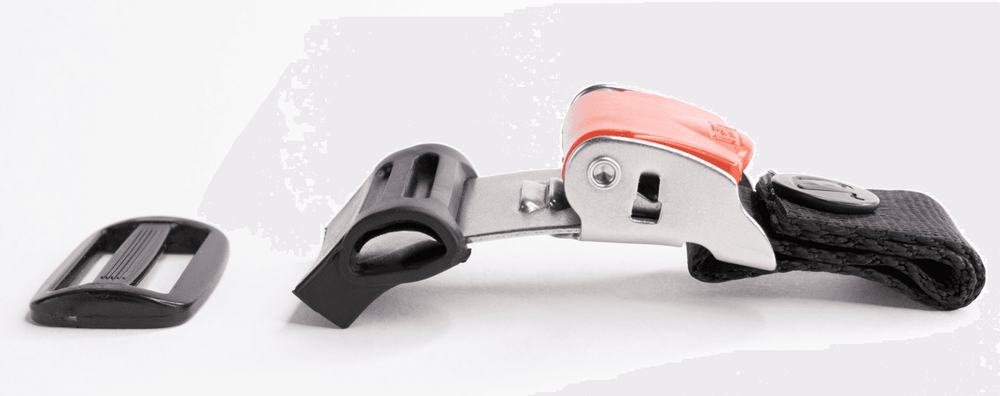
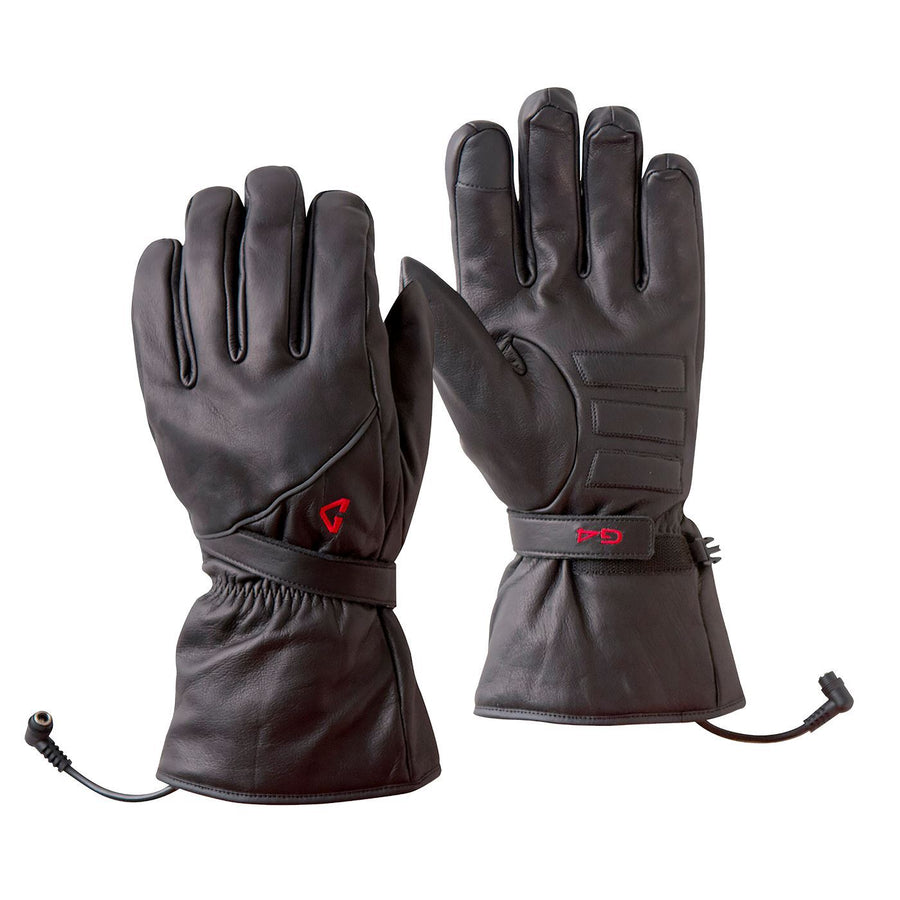

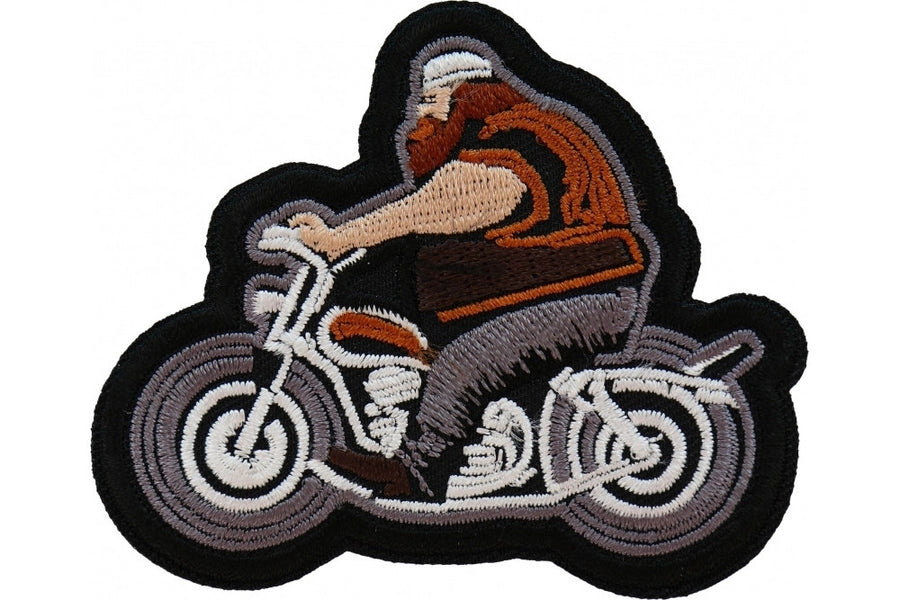

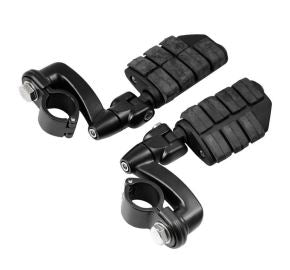


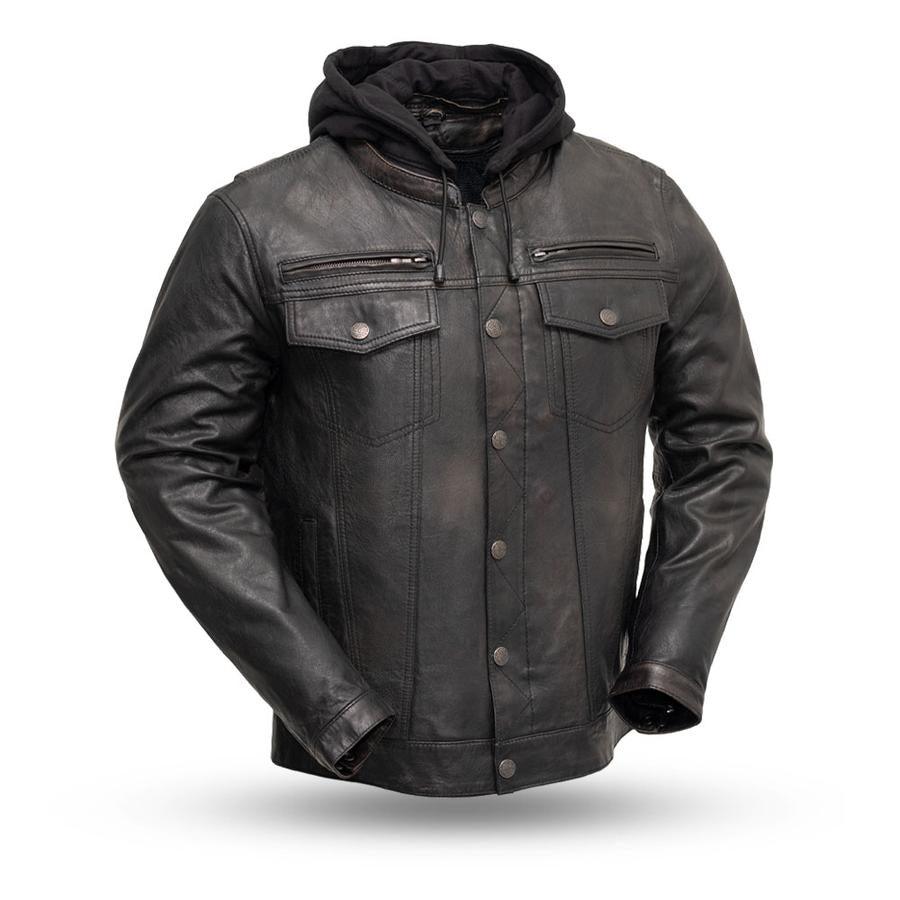
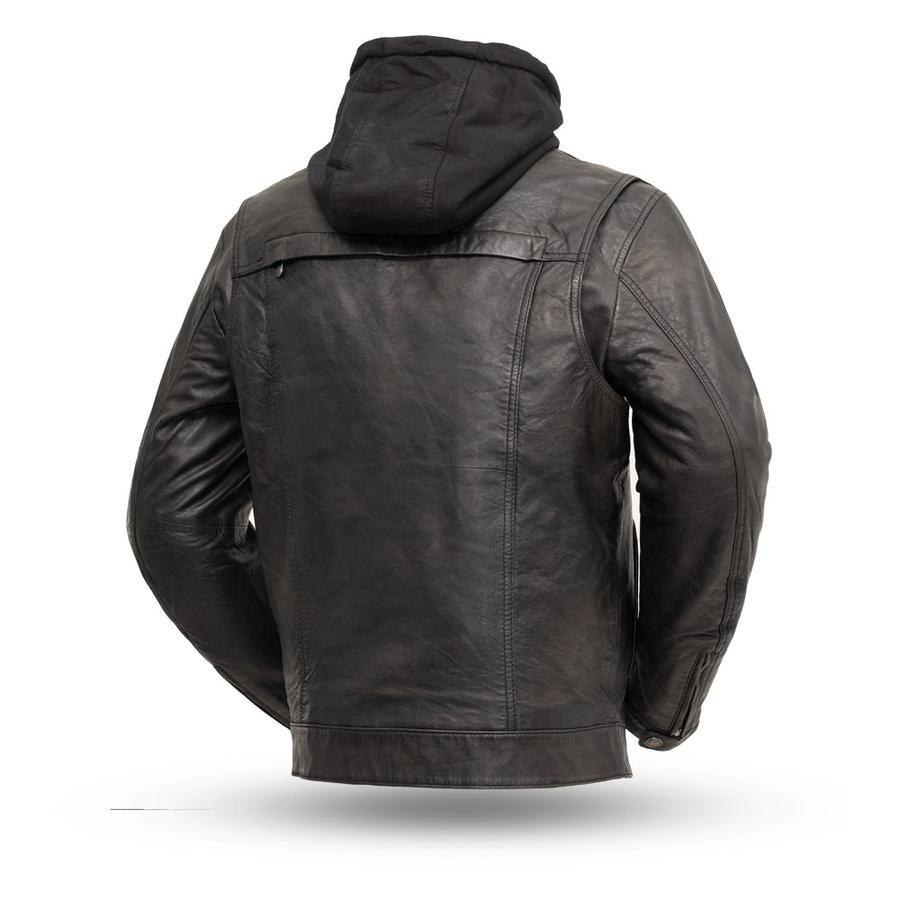
Leave a comment